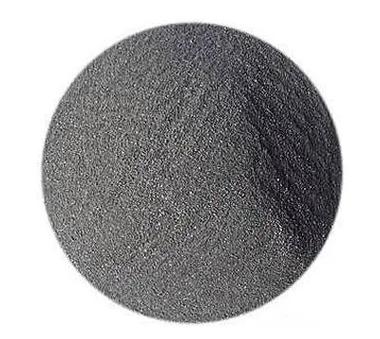Steel blades are the timeless option. Strong, sturdy, and with the ability of holding a very sharp side, they have actually served humanity for centuries. A lot of knife lovers appreciate their heft and reliability. Nevertheless, steel can rust and tarnish otherwise appropriately taken care of, needing routine maintenance like oiling. High-carbon steels offer extraordinary sharpness yet are more vulnerable to deterioration. Stainless steels resist corrosion better yet might not hold an edge rather as long as their high-carbon relatives. Developing steel is relatively simple with typical tools.
(steel blades vs titanium blades)
Titanium blades supply a modern-day choice. Their most significant benefit is extraordinary lightness and superb corrosion resistance. Titanium does not rust like steel, making it excellent for extreme settings like deep sea or high moisture. It’s likewise biocompatible and non-magnetic. However, titanium is softer than numerous steels. This implies it usually won’t hold a razor edge as lengthy and can be more difficult to sharpen properly. While hard, titanium blades can be much more prone to rolling or nicking under hard use compared to solidified steel.
(steel blades vs titanium blades)
Selecting between steel and titanium depends heavily on your concerns. Required optimal side retention, toughness, and ease of honing? Steel is likely your best bet. Focus on extreme lightness, corrosion-proof performance, and non-magnetic residential properties? After that titanium may be the premium option. Take into consideration the atmosphere and tasks you’ll encounter. Steel uses tried and tested performance; titanium provides distinct benefits where weight and deterioration are paramount worries. Both have their place in the toolkit.
Inquiry us
if you want to want to know more, please feel free to contact us.

